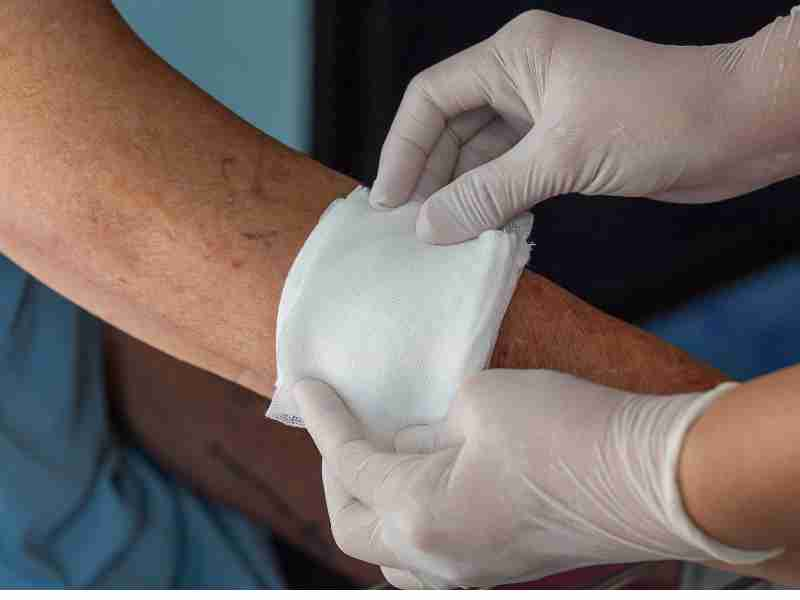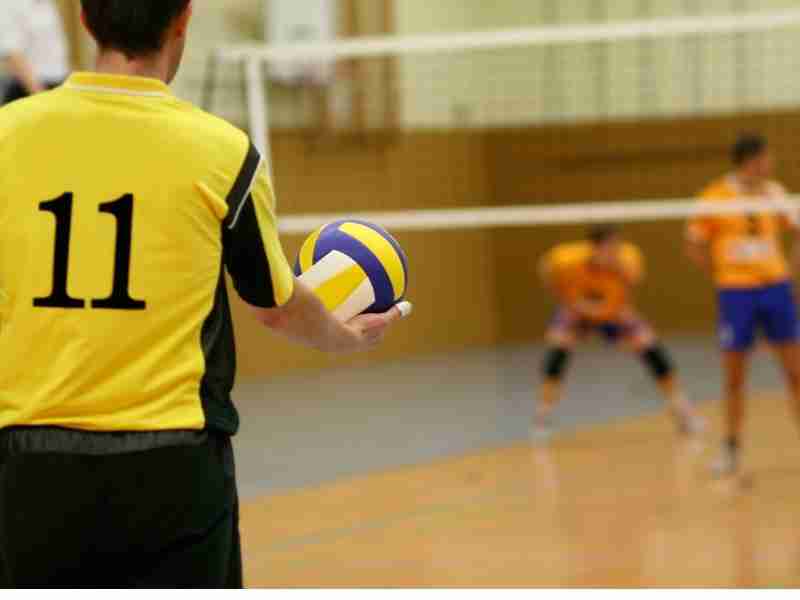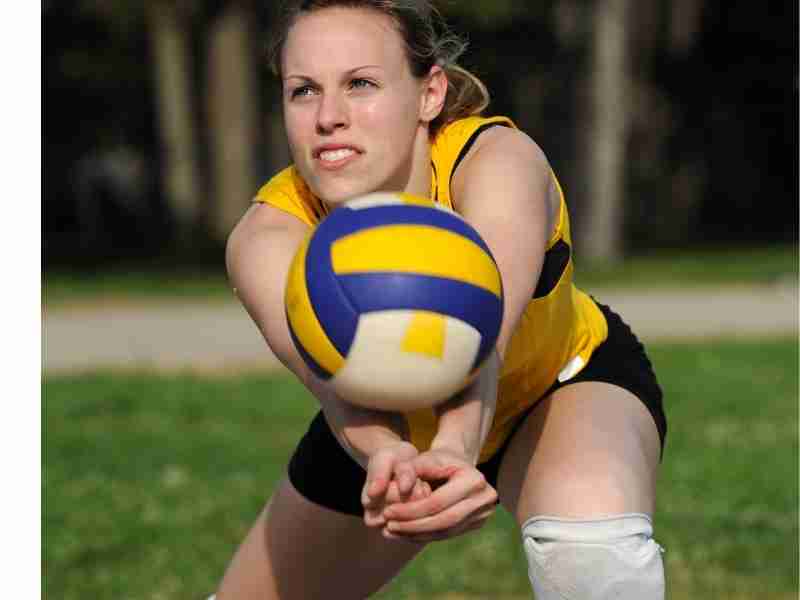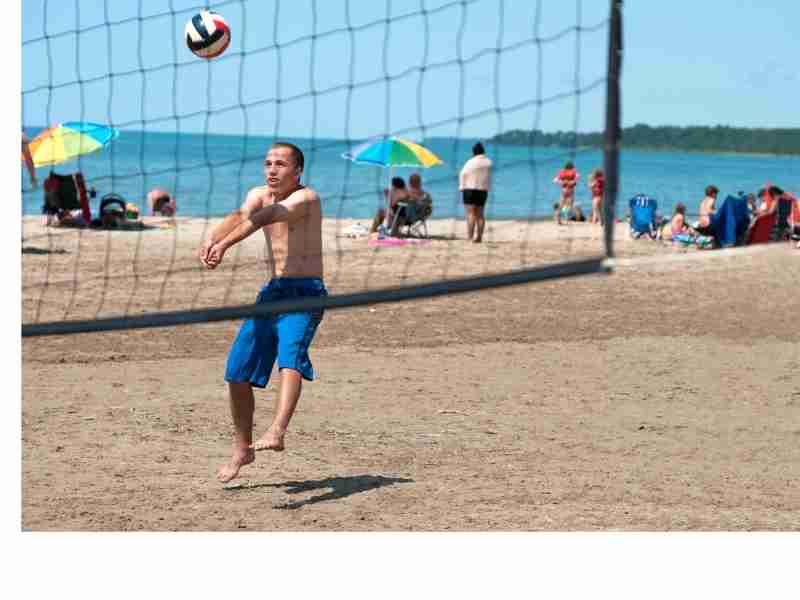
Volleyball is a game that requires split-second decisions and the ability to execute complex skills with precision. Passes in Volleyball is an Important Skills.
A well-executed pass can mean the difference between an easy point and a long rally, and the ability to read the game and make quick decisions is essential. There are two main types of passes in volleyball, the forearm pass, and the overhead pass.
The forearm pass is most commonly used when the ball is low to the ground. The overhead key is used when the ball is high in the air and requires a different technique. Both types of passes are essential, and each has its strengths and weaknesses.
Volleyball is a team sport; successful teams can execute all the skills required to win. Passing is one of those skills, and it is one that all players must master. Volleyball is a game of small margins, and the team that can make the fewest mistakes usually comes out on top. So, to improve your volleyball game, start by working on your passing. It might just be the difference that your team needs to win.
Forearm Pass in Volleyball
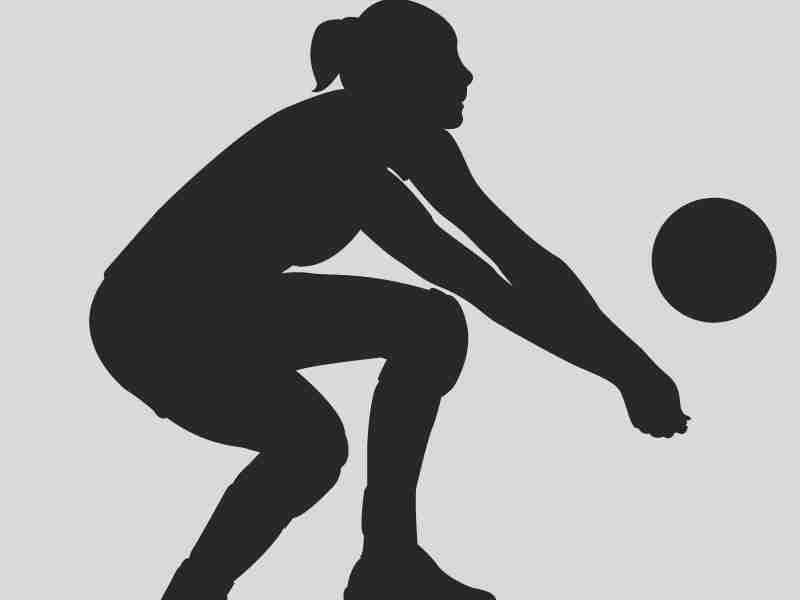
Forearm passing is an essential skill in volleyball and involves hitting the ball in a controlled manner to your teammate. The forearms are made into a flat platform positioned for the ball to come into contact. The arms aren’t necessarily swung when passing. Swinging the arms will result in a less controlled pass.
The technique for forearm passing is more of a total body movement, not an arm swing. When passing, the entire body should be moving forward with a shrug of the shoulders. You may have noticed great players moving backward away from the ball as they pass.
The best passers seem to move backward, absorbing the ball in their arms, allowing for more control. Forearm passes are an essential skill for any volleyball player; with practice, anyone can master this technique.
Overhead Pass in Volleyball
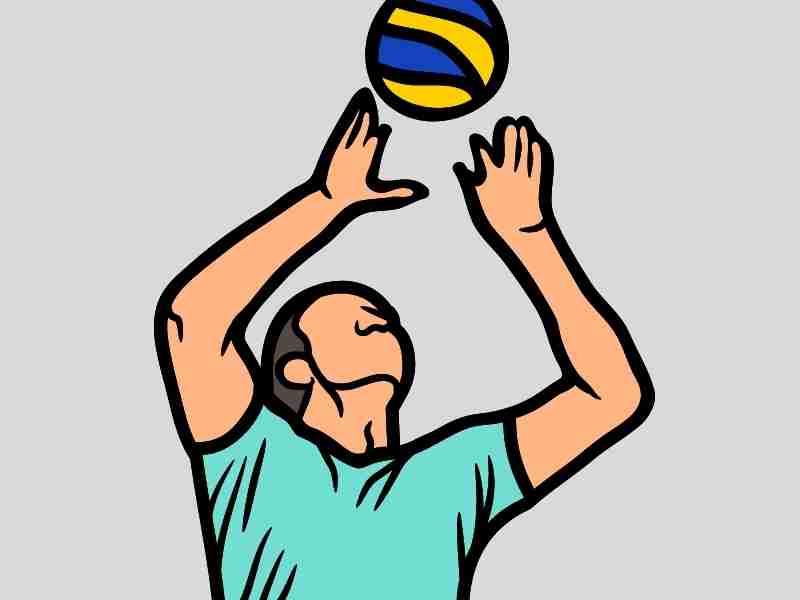
Overhead passing in volleyball is a skill that takes time and practice to master. As the name suggests, the overhead pass involves hitting the ball using an overhead playing motion to direct the ball to your teammate.
The ball is played with the fingers using an overhead setting action. While it may seem like a simple movement, executing an accurate and robust overhead pass can be tricky.
Players should use passing techniques they are comfortable with to pass the ball to the setter. Not all players have the same level of skills. It’s important to know what you are comfortable doing in game situations.
For example, a player may not be as comfortable overhead passing as they are forearm passing. Therefore, the player should be inclined to volleyball pass with the forearms in game situations until overhead passing skills are further developed.
Over time, with practice and repetition, players will develop the muscle memory necessary to execute an overhead pass with confidence and precision.
Proper Positioning to Pass a Volleyball
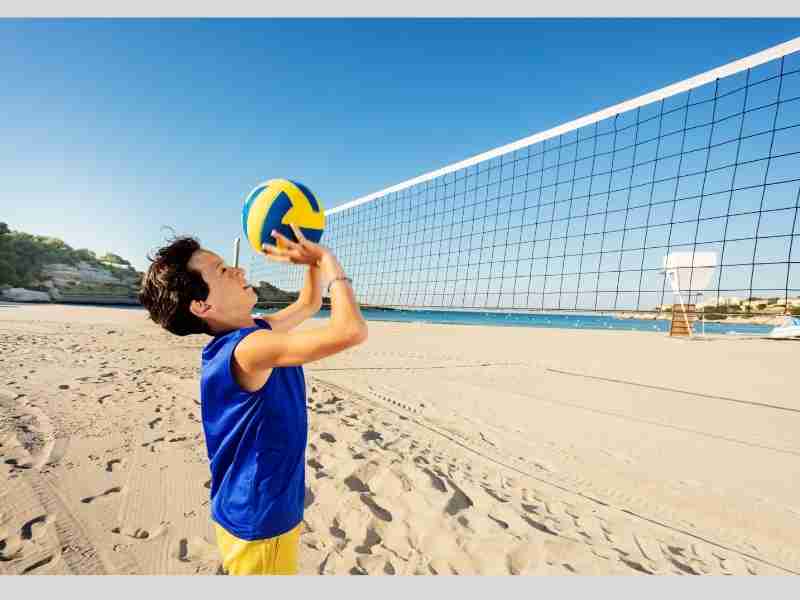
When properly positioned to pass a volleyball, you can move quickly and efficiently to any ball hit your way. You want to stand with your feet shoulder-width apart and your weight slightly forward so you can rush in any direction.
You also want to ensure you are not too close to the net, as this will put you at a disadvantage if the ball is hit deep. As the ball is hit, you want to watch it into your arms and then follow through with your pass.
One important tip is to keep your wrists loose and use your forearm muscles to control the ball – if you hit the ball with just your wrist, it will likely go off target. By following these simple tips, you can ensure that you are in the proper position to make a successful pass every time.
FAQs
Q: What is a forearm pass and an overhead pass?
A: The forearm pass is hit with the arms in a flat platform position, while the overhead key is hit with an overhead playing motion.
Q: What positioning is necessary to make a good forearm pass?
A: You want to be standing with your feet shoulder-width apart and your weight slightly forward so you can move fast in any direction. You also want to ensure you are not too close to the net, as this will put you at a disadvantage if the ball is hit deep.
Q: What should I do if I’m uncomfortable doing an overhead pass?
A: Try using a different passing technique until you feel more comfortable with the overhead pass. With practice, you will develop the muscle memory necessary to execute an overhead pass with confidence and precision.
Q: How do I know That in the proper position to pass a volleyball?
A: If you are standing with your feet shoulder-width apart and your weight slightly forward, you are in the proper position to make a successful pass. If you find yourself too close to the net, try moving back a few steps to be more prepared if the ball is hit deep.
Conclusion
Volleyball passing can be tricky, but with practice and repetition, you can become a master of the overhead pass. By following these simple tips, you can ensure that you are in the proper position to make a successful pass every time. Keep your wrists loose and use your forearm muscles to control the ball – this will help you hit it accurately every time. Remember to watch the ball into your arms, so you know where it is going before you pass it. And finally, if you’re not comfortable doing an overhead pass yet, try using a different passing technique until you feel more confident. With enough practice, you’ll develop the muscle memory necessary to execute an overhead pass with precision and confidence.




